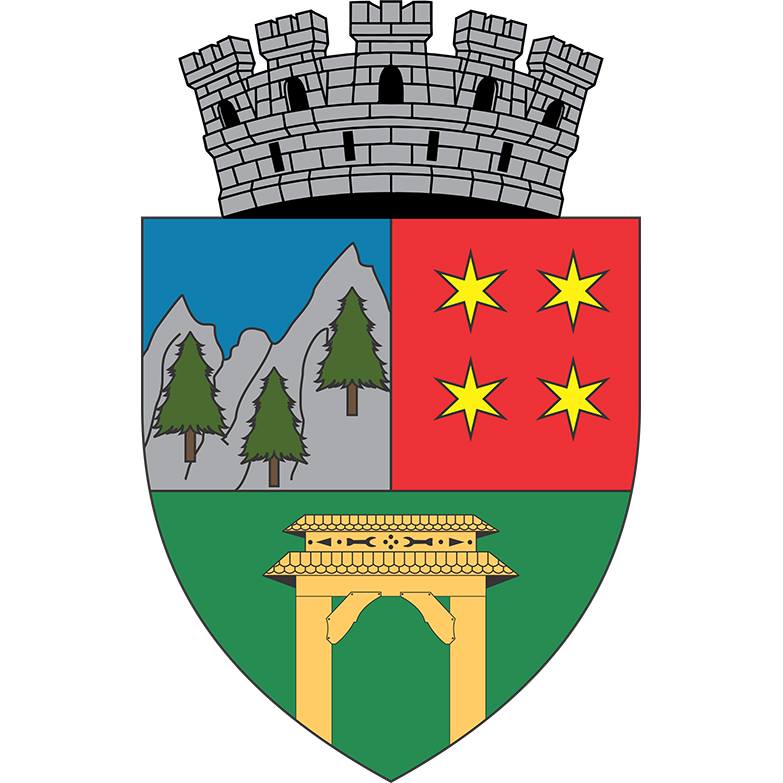Wine Tasting
페이지 정보

본문
Wine Tasting
What is the which means of wine tasting?
Wine tasting is a sensory exercise that involves the analysis of wine by way of varied elements. It engages your senses to appreciate and determine the distinctive characteristics and qualities of various wines.

- Sight: Observing the color, clarity, and viscosity of the wine.
- Smell: Swirling the wine in a glass to launch its aromas and then inhaling to establish totally different scents.
- Taste: Taking a sip to explore the flavors, textures, and steadiness of the wine.
- Finish: Noting the aftertaste and how lengthy the flavors linger on the palate.
Overall, wine tasting is not only about ingesting wine but entails a deeper appreciation of its complexities and subtleties.
Steps in Wine Tasting
- Preparation: Gather the necessary instruments - wine glasses, palate cleansers, and a notepad if desired.
- Examine: Observe the wine’s look within the glass.
- Swirl: Gently swirl the wine to expose it to air.
- Smell: Bring the glass to your nostril and take a deep inhale.
- Taste: Sip the wine and let it coat your palate.
- Reflect: Take notes and share your impressions.
Wine tasting can be a enjoyable and educational experience, whether done alone or with others, and allows people to develop their palate and appreciate the diversity of wines obtainable.
What is the process of wine tasting?
Wine tasting is an artwork that includes a structured approach to savoring the advanced flavors, 광주마사지 aromas, and textures of wine. Below is a methodical way to conduct a wine tasting:
1. Look
Begin by examining the wine in your glass. Hold it against a white background to observe its color and clarity. Take note of the wine's viscosity, which can point out its body.
2. Swirl
Gently swirl the wine in the glass. This motion releases the wine's aromas. It permits oxygen to work together with the wine, enhancing its fragrance.
3. Smell
Bring the glass to your nose and inhale deeply. Try to determine different aromas. They can vary from fruity, floral, natural, to earthy notes. This step is crucial because the sense of scent plays a major function in taste perception.
4. Taste
Take a small sip of the wine, permitting it to coat your palate. Focus on its flavors, acidity, sweetness, tannin levels, and body. Consider how these elements steadiness and interact with each other.
5. Evaluate
Finally, reflect on the wine’s total profile. Assess the finish — how lengthy the flavors linger after swallowing. Think about the wine's complexity and whether or not you loved it.
By following this methodology, you can improve your wine tasting expertise and develop a deeper appreciation for various wines.
How to understand wine tasting?
Grasping the art of wine tasting includes understanding the sensory elements of wine and refining your palate. Here are some steps to assist you learn how to taste wine successfully:
1. Prepare Your Environment
- Choose a well-lit area to observe shade.
- Ensure the space is free from robust odors that would interfere together with your tasting experience.
2. Use the Right Glassware
Using a correct wine glass helps in concentrating the aromas. Opt for a glass that is clear and has a tulip form.
3. Observe the Wine
- Visual Assessment: Hold the glass towards a white background to see the wine's color and clarity.
- Swirling: Gently swirl the wine to launch its aromas.
4. Smell the Wine
Take a second to inhale the aromas. Try to determine different scents.
- Fruits, spices, herbs, and other fragrant notes may be detected.
- Focus on both the preliminary aromas and people who emerge after swirling.
5. Taste the Wine
- Initial Taste: Take a small sip and let it sit on your tongue.
- Identify Flavors: Try to pinpoint the flavors you expertise.
- Texture and Body: Consider whether the wine is light, medium, or full-bodied.
6. Evaluate the Finish
Take observe of the aftertaste. A longer finish is commonly an indicator of a higher high quality wine.
7. Take Notes
Recording your thoughts on different wines might help refine your palate over time. Include:

- Wine name and vintage
- Aroma and flavor notes
- Overall impression, including mouthfeel and finish
8. Practice Regularly
The more you taste, the better you will turn into at identifying completely different characteristics in wine. Join wine tasting occasions or create your own tastings with pals.
With time and experience, you'll develop a deeper understanding and appreciation of wine. Happy tasting!
- 이전글VIP Service 25.01.18
- 다음글Want More Cash? Start Chat Gpt Free Version 25.01.18
댓글목록
등록된 댓글이 없습니다.
